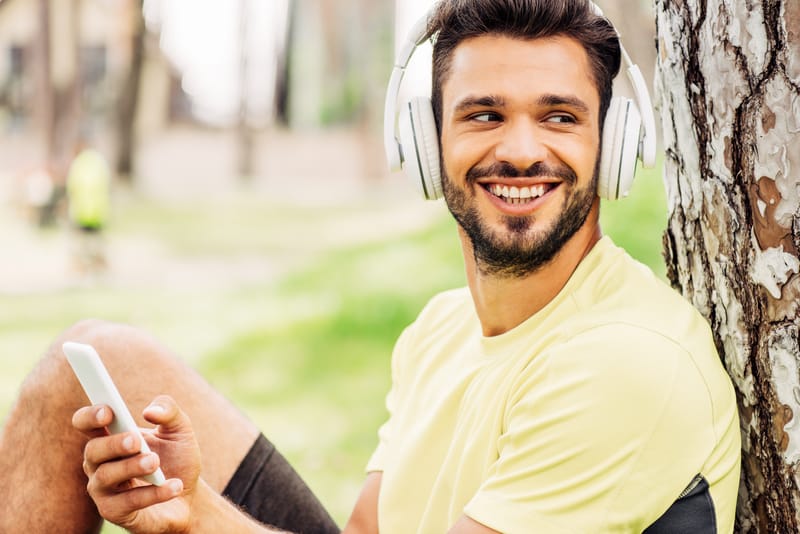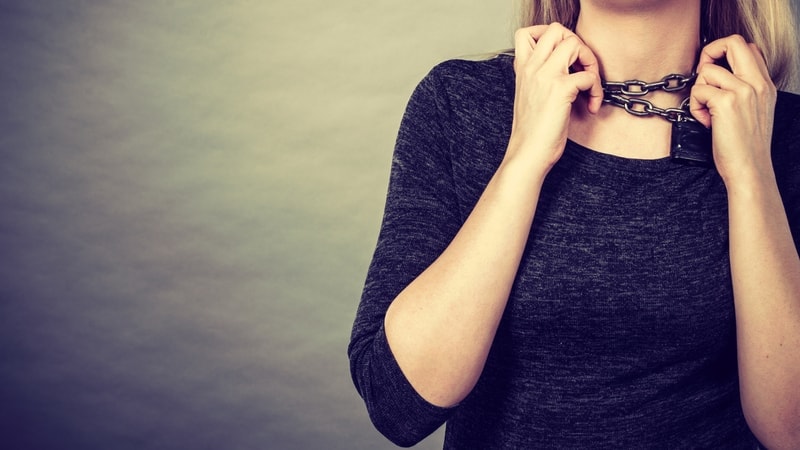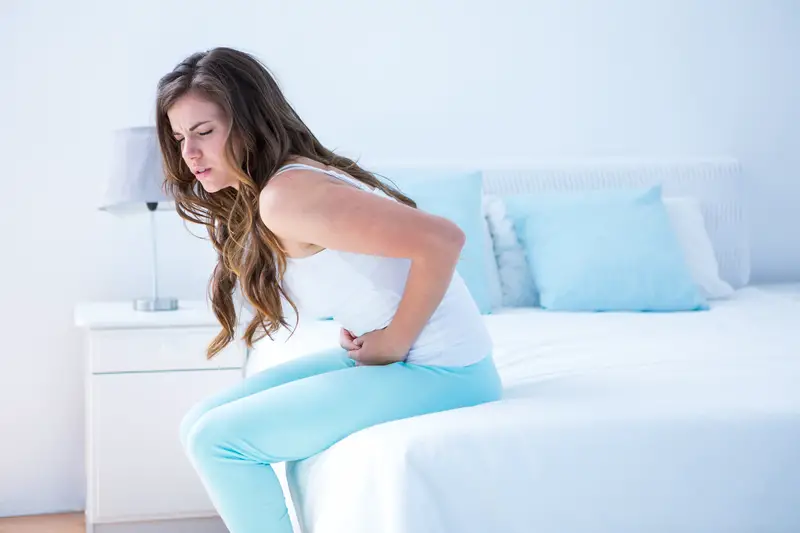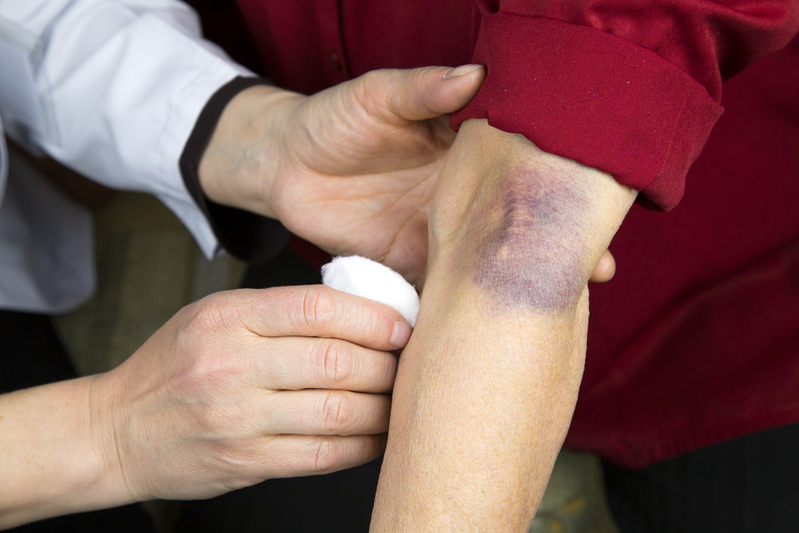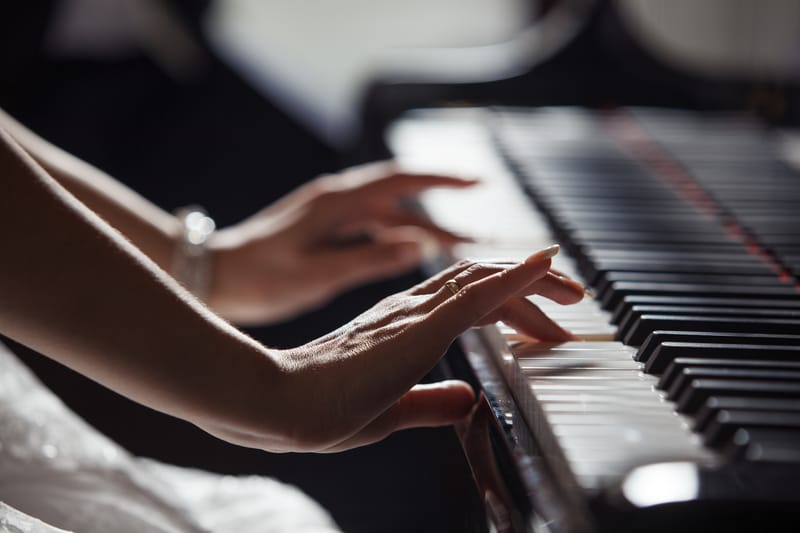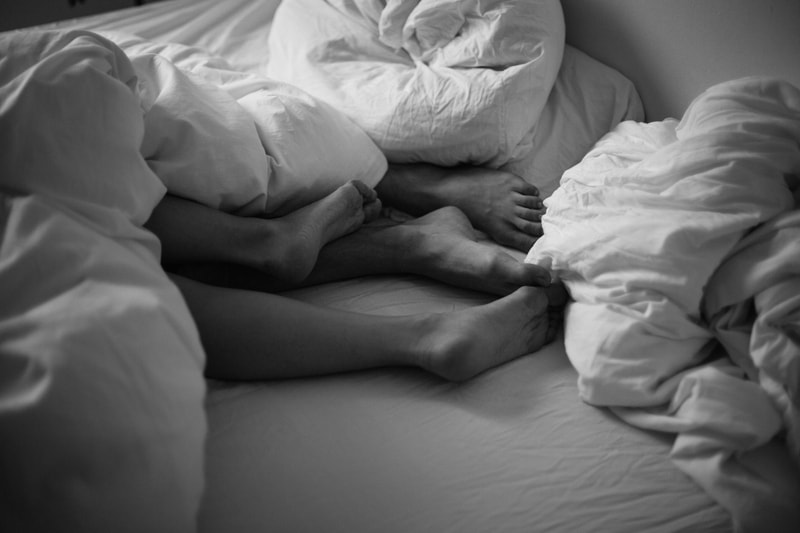Do your eyes feel exhausted and sore? Do you find it hard to keep your eyes open after a long day at work? What if I told you by massaging the PC 9 acupuncture point that you can get rid of that exhaustion in no time?
Found on the middle finger’s tip at the distal phalanges’ center is the pericardium 9 acupuncture point. Stimulating this one tiny spot is enough to fix the eyestrain, no matter how long you’ve been staring at the computer screen.
I’m an accountant, and you probably know that sitting in front of the computer 24/7 is like second nature to us. But, the older I got, the more I noticed how big of a deal it became. My eyes were always tired, itching, and watery.
I would get the blurry vision out of nowhere. I couldn’t focus and do my job like I was supposed to. These are typical eyestrain problems most of my colleagues and I had to deal with every single day. Basically, I was always in a jam.
That’s until I gave acupressure a try. And let me tell you, it was the best decision I’ve ever made.
Why Acupressure?
A couple of months ago, I was always complaining about my eye health. A very close friend of mine suggested I try acupressure. To be honest, I wasn’t that into it at first.
I saw acupressure as a regular massage. I mean… how can just a couple of rubs here and there help me with the eyes?! It made no sense to me. Plus, my schedule was packed, and I had no time to spare on something that silly.
But I was wrong!
I booked an appointment at a local massage center. In just a couple of treatments, I noticed a drastic change. The eye fatigue evaporated. Completely.
I no longer felt any pressure around my eyes. My focus got better, and I felt a lot calmer. After just 3-4 sessions, the neck and shoulder stiffness reduced! I was so used to it. I forgot I felt it all this time. It was like a huge boulder was lifted from my shoulders.
What’s The Secret?
Acupressure is a powerful treatment practiced for thousands of years. It is part of traditional Chinese medicine. It helps restore Qi’s flow (life energy) and balance the positive and negative energies (yin and yang).
Like the PC 9 acupuncture point, working with specific acupoints can stimulate specific organs in the human body and provide countless therapeutic benefits.
What Does Research Have To Say?
Experts estimate, massaging specific acupoints every day can correct visual discomfort, soreness, and acuity. It can also reduce accommodative lag in patients.
Based on a different study, acupressure effects lie in the functional responses when massaging certain areas of the human body. Since each acupoint has a unique sensation based on the body part it’s connected with, it can help treat various types of pain and discomfort.
5 Acupoints For Eyestrain, Neck And Shoulder Stiffness
Since my therapist said I needed multiple sessions (obviously), I asked if I could do the exact same thing at home. She told me the trick is pretty simple. You just press and hold the desired spot for a couple of seconds. Use deep firm pressure and massage the acupoint in a circular motion. Here are the acupoints you can work with.
-
Acupoint: PC-9 (Other Names: Pericardium-9/Zhong Chong/Middle Rushing)
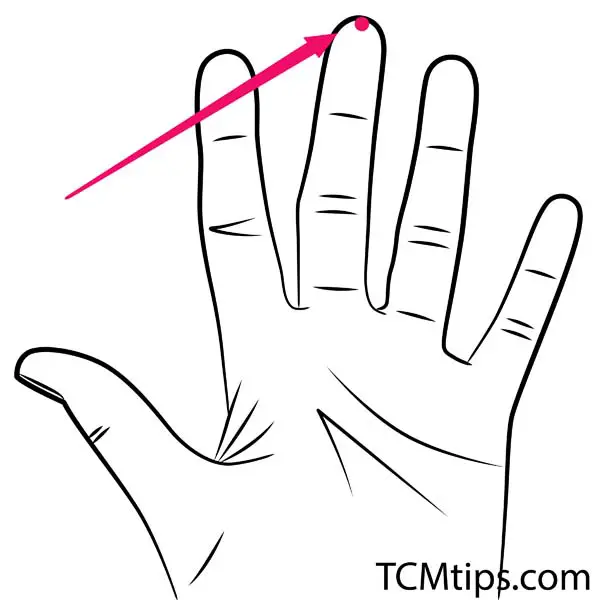 This is the famous pc 9 acupuncture point. The pericardium meridian pathway is the key to eliminating eyestrain. The pericardium acupuncture points have multiple uses. The spot you need can be found on the tip of the middle finger.
This is the famous pc 9 acupuncture point. The pericardium meridian pathway is the key to eliminating eyestrain. The pericardium acupuncture points have multiple uses. The spot you need can be found on the tip of the middle finger.
Uses: Pain, discomfort, stiffness, heatstroke, palpitations, swelling.
-
Acupoint: LI-4 (Other Names: Large Intestine-4/He Gu/Joining Valley)

Located on the highest point at the center of the metacarpal bone is the LI-4 acupoint. It is a powerful spot that can help with congestion and eye fatigue. This is one of the thirteen acupressure points for the eyes.
Uses: Acupuncture for the immune system, sweat gland function, pain, hay fever.
-
Acupoint: LI-5 (Other Names: Large Intestine-5/Yang Xi/Yang Stream)

Uses: pain, relaxation, wrist joint discomfort, heat, eye swelling, soreness, headaches.
-
Acupoint: LI-1 (Other Names: Large Intestine-1/Shang Yang/Metal Yang)
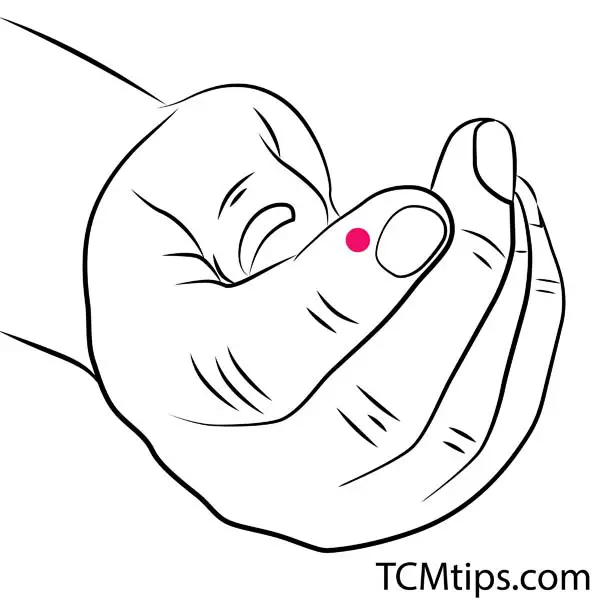
Uses: Pain, inflammation, eye discomfort.
-
Acupoint: SI-1 (Other Names: Small Intestine-1/Shao Ze/Lesser Marsh)
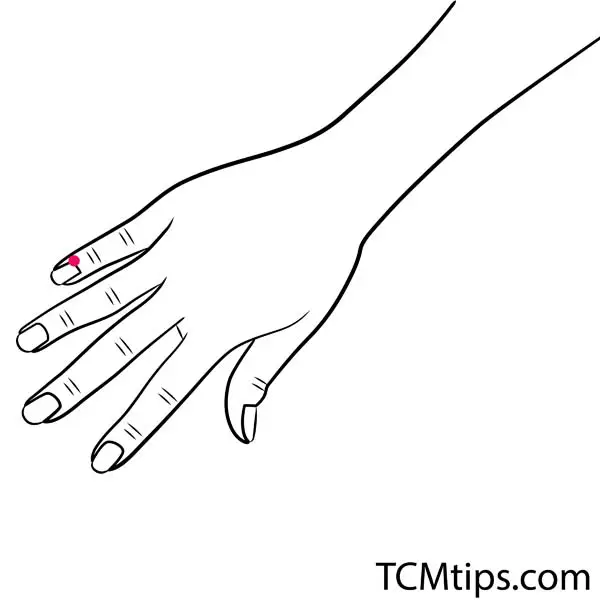
Situated on the corner of the posterior, right under the little finger, is the SI-1 acupoint. It is connected to multiple channels in the human system and can help with eye redness and heat.
Uses: dizziness, headaches, and weakness. Experts also recommend activating this acupoint with GB 2 acupuncture point to relieve tinnitus symptoms.
FAQ
-
How long does it take for acupressure to relieve pain?
With regular massage, you will block the nerve impulses that transport the pain sensations to the brain. It can take a couple of treatments before you can open up that communication. I felt some relief after the first couple of sessions.
-
Does acupressure hurt?
No. It is normal for the spot to feel a little sore after a session but not painful.
-
My body hurts. Am I doing acupressure wrong?
If you’ve added too much pressure to the acupoints, it can trigger tightness and pain. Take a break and let the blood flow get back to normal. Next time, use less pressure to shorten the impact on muscle fibers.
Photo by Priscilla Du Preez on Unsplash, Andrea Piacquadio from Pexels

Try our Anti-Aging Gua Sha Tool designed to bring out your skin’s natural glow.
Best Gua Sha Product- Anti-Aging: The tool is designed to target 11 specific aging signs such as wrinkles and sagging skin. By following the 7-step routine, users can improve skin firmness and reduce fine lines naturally.
- Enhances Skincare Routine: It works effectively with serums and lotions, boosting absorption and efficacy of skincare products.
- Visible Skin Improvement: Users can expect a smoother complexion, reduced puffiness, and a more youthful appearance.
 P. Sze
P. Sze 

